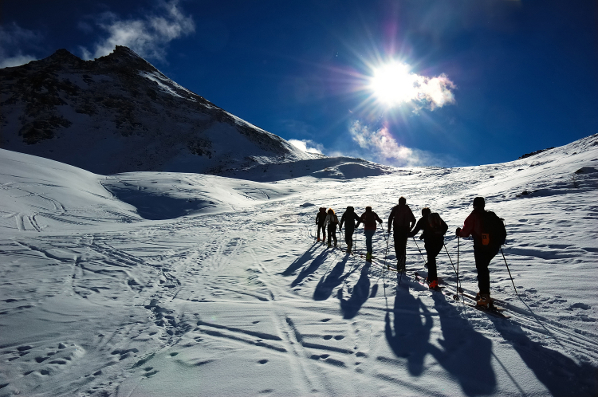Stamp: Joint USSR-USA Expedition "Bering Bridge" (Soviet Union, USSR 1989)
Joint USSR-USA Expedition "Bering Bridge" (Soviet Union, USSR 1989)
14 April (Soviet Union, USSR ) within release Joint Soviet-American Expedition "Bering Bridge" goes into circulation Stamp Joint USSR-USA Expedition "Bering Bridge" face value 10 Russian kopek
| Stamp Joint USSR-USA Expedition "Bering Bridge" in catalogues | |
|---|---|
| Michel: | Mi: SY 5943II |
| Soloviev: | Sol: SU 6062K1 |
Stamp is horizontal format.
Plate error: No blue circle below word "АНАДЫРЬ" (pos. 38).Also in the issue Joint Soviet-American Expedition "Bering Bridge":
- Stamp - Joint USSR-USA Expedition "Bering Bridge" face value 10;
- Stamp - Joint USSR-USA Expedition "Bering Bridge" face value 10;
Stamp Joint USSR-USA Expedition "Bering Bridge" it reflects the thematic directions:
Exploration is the process of exploring, an activity which has some expectation of discovery. Organised exploration is largely a human activity, but exploratory activity is common to most organisms capable of directed locomotion and the ability to learn, and has been described in, amongst others, social insects foraging behaviour, where feedback from returning individuals affects the activity of other members of the group.
A flag is a piece of fabric (most often rectangular or quadrilateral) with a distinctive design that is used as a symbol, as a signaling device, or as decoration. The term flag is also used to refer to the graphic design employed, and flags have since evolved into a general tool for rudimentary signalling and identification, especially in environments where communication is similarly challenging (such as the maritime environment where semaphore is used). National flags are patriotic symbols with varied wide-ranging interpretations, often including strong military associations due to their original and ongoing military uses. Flags are also used in messaging, advertising, or for other decorative purposes. The study of flags is known as vexillology, from the Latin word vexillum, meaning flag or banner.
A map is a symbolic depiction emphasizing relationships between elements of some space, such as objects, regions, or themes. Many maps are static, fixed to paper or some other durable medium, while others are dynamic or interactive. Although most commonly used to depict geography, maps may represent any space, real or imagined, without regard to context or scale, such as in brain mapping, DNA mapping, or computer network topology mapping. The space being mapped may be two dimensional, such as the surface of the earth, three dimensional, such as the interior of the earth, or even more abstract spaces of any dimension, such as arise in modeling phenomena having many independent variables. Although the earliest maps known are of the heavens, geographic maps of territory have a very long tradition and exist from ancient times. The word "map" comes from the medieval Latin Mappa mundi, wherein mappa meant napkin or cloth and mundi the world. Thus, "map" became the shortened term referring to a two-dimensional representation of the surface of the world.



